Which movies should not be seen in the family?
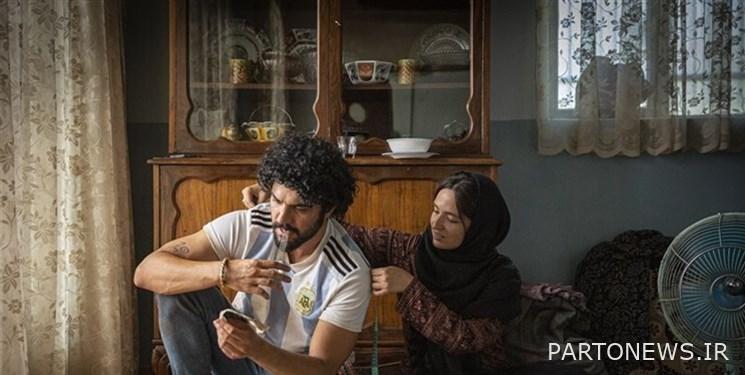
Life group: The 40th Fajr Festival ended with all its ups and downs. Fajr 1400, in the midst of the Corona epidemic, had its own charms and challenges. From deleting and adding films to the last hours of the selection deadline, to removing the award for the best film from the people’s point of view, and the sweet competition of the spectators to save the cinema seats …. All these events provided a feverish atmosphere for the body of cinema to announce that it is alive like every year. This event, as the starting point of the Iranian cinema year, has a great impact on directing the cultural and media flow of the country.
Every year, winters are the spring of film and filmmaking for Iranian cinema critics. The 10-day Fajr event is an opportunity to critique the country’s filmmaking environment technically and content under the pretext of selected films. In the meantime, Kodomo consumption guidance system, as in previous years, and with the slogan of safe media for the family, has entered the valley of criticism of the works of the most important cinematic event in the country.
Kodomo experts, based on evaluation methods and based on the latest advisory criteria, evaluate Fajr Festival films and present them to Iranian families. Kodomo, the assistant of intelligent media selection with you, to overthrow the festival with educational glasses.
At the 40th Fajr Festival, 22 films were screened
Private meeting, location of Mehdi, town, meadow, deceased, loser man, last snow, group of girls, night watchman, betrayal, disobedience, without prior appointment, outside, hanas, orphan, 2888, golden night, anti, nemour and door
This time, while evaluating each work separately on Kodomo site, in this article, we draw your attention to the general evaluation of the products.
Average age category of products: +15
Approximately 70% of the products have levels of violence, fear and anomaly that are prohibited for viewers under the age of 15. In terms of content, the theme of most products can not meet the needs of children and adolescents. The collection of these products, in terms of visual appeal, does not motivate the purpose of the story and the rhythm of the film to accompany children and adolescents. Therefore, a total of 17 of the 22 works do not have the necessary criteria for accompanying the child.
In the following, we examine the recurring characteristics of each of the evaluation criteria in the works.
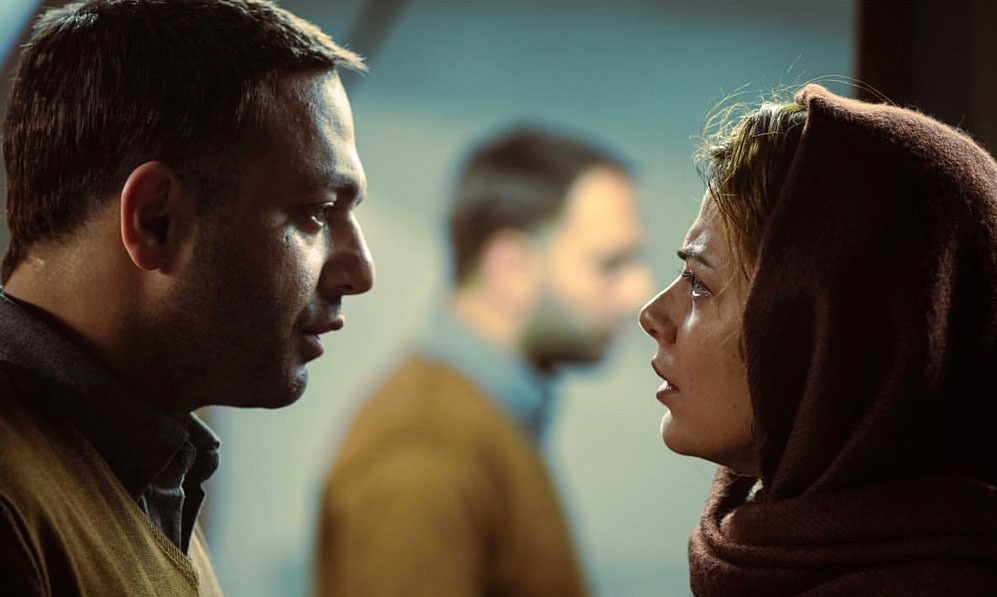
Violence: 3
Domestic violence:
Violence in media products encompasses a wide range of human actions that threaten the audience’s psychological security. Examining the 22 films of the Fajr Festival, we came to a recurring component in the narratives, and that is “domestic violence”.
In a general view, the domestic violence component is the most abundant in the collection of works. In 8 of the 22 films, we see domestic violence as the main focus of the story. Domestic violence is any act of violence that occurs in the family context. Family quarrels, threats, humiliation and physical conflict are frequent examples in family-themed films. The multiplicity of these scenes in the products also overshadows the positive messages. These challenges are usually not met until the end of the story and are presented as a true picture of the Iranian family.
The family, as the center of many conflicts and problems, is the image that these products give. The collection of these examples creates unfavorable conditions for the spectator. Therefore, these works are not recommended for family viewing. This kind of representation distorts the image of the family as a secure institution.
In another category of products, we see domestic violence not as an axis but as a recurring indicator that lacks serious impact, but exists.
Fear: 2
Anxiety of tension:
This component is closely related to violence. Due to the prevalence of violence in the general routine of the stories, the audience is involved in anxiety due to violence throughout the viewing. This component is more effective when there is anxiety in the family context. Anxiety caused by sibling quarrels, husband and wife, or anxiety caused by family endangerment creates a heavy and tense atmosphere.
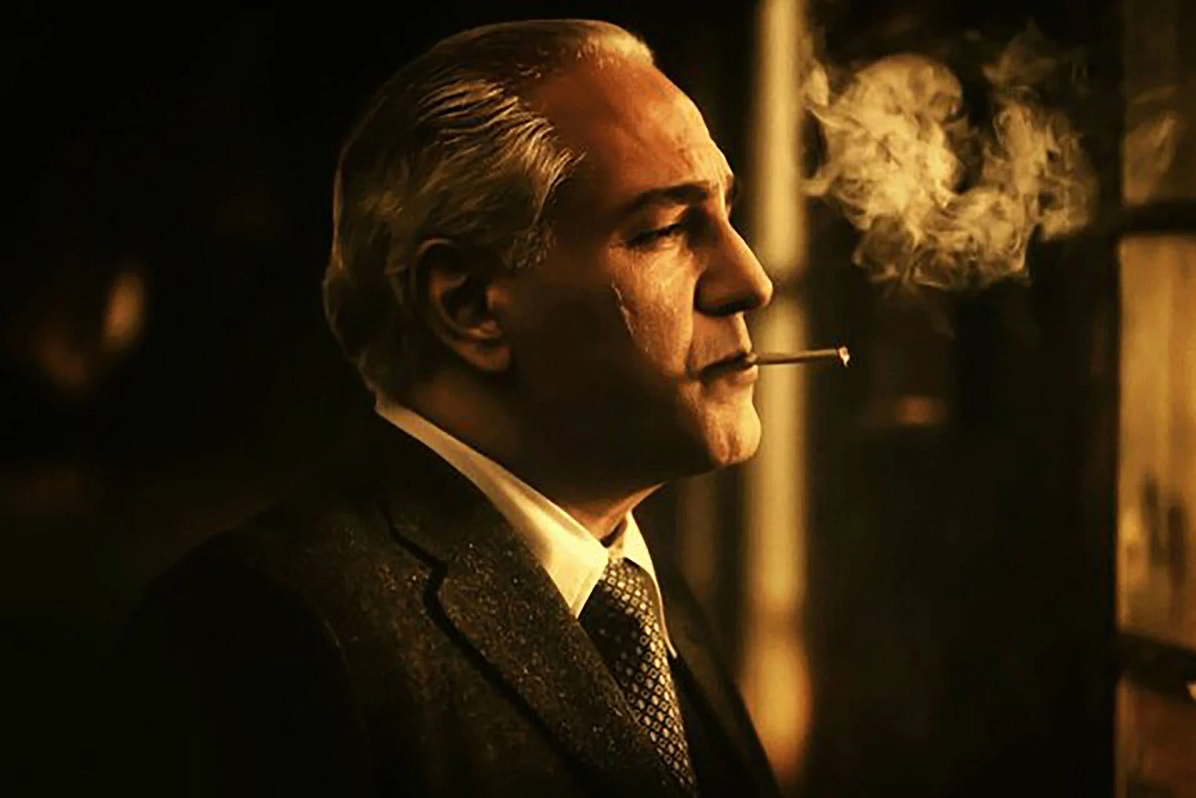
Social anomalies: 3
Tobacco and substance use:
In about 13 films, we see smoking by positive and negative characters. Addictive smoking by positive personalities increases the percentage of anomalous effects. In a private meeting, we see a direct and suspended display of material. In this film, drug trafficking is carried out in the context of the family and by women. The mere display of these examples, even in spite of the condemnation and justification of the story in the narrative, increases the effectiveness of the anomaly.
Swearing:
In 9 out of 22 films, we see verbal anomalies in the form of vulgar (not ordinary) words. Insults are commonly exchanged between family members, and this factor increases the effectiveness and standard score. The frequent use of these words while watching annoys the audience.
Unusual relationship:
In 8 films from the collection, we see the relationship between a girl and a boy. These relationships can be examined on two levels. First, some relationships lead to marriage. Which reduces abnormal patterning. In a private meeting, the pre-marital couple have an attractive and erotic friendship. Second, the girl-boy relationship that remains friendly. Third, it refers to the relationship and the illegitimate child throughout the story, the ugliness of which is obvious to the audience. The idea behind the meadow story is the same abnormal fact. The direct reference to rape and illegitimate relationship is a kind of disgrace in the rape narrative. It is obvious that showing relationships, even with a narrative justification, will have its own effect on the audience.

Lies and betrayal:
The 7 films of the festival are based on lies and betrayal. Family relationships are such that lies and betrayal occur easily. Infidelity and mistrust are evident in father-daughter relationships, spouses, siblings, or work relationships. In the movie Golden Night, a man betrays his family. The father has no financial obligation to the family and even encroaches on the family property. In the movie Grassland, a woman betrays a man. In the orphan, the man betrays the woman or in the town, the main character ignores his first fiancé.
In labor relations, we also see the betrayal of officials, nobles and business partners. The loser, the meadow and the night watchman are among the products containing this index.
However, at the end of the story, lies and betrayal are punished and considered as a disruptive factor in the relationship. But the institution of the family and society in such a situation is portrayed as an unreliable institution, in which the occurrence of betrayal is normal.
Positive / negative message: 2
Sympathy:
In parallel with the narration of life’s hardships, differences and bitterness, empathies are portrayed that affect both the narrative process and the injection of hope into the viewer. In the film without an appointment, empathetic relationships lead to heartwarming results; Improving the autistic child’s illness, creating a sense of belonging to the family and roots, as well as a commitment to religion as a lasting and soothing truth are the results of empathy between the characters in the film. Outside, the coaches’ empathy for the students leads to great material and spiritual success for the protagonist.
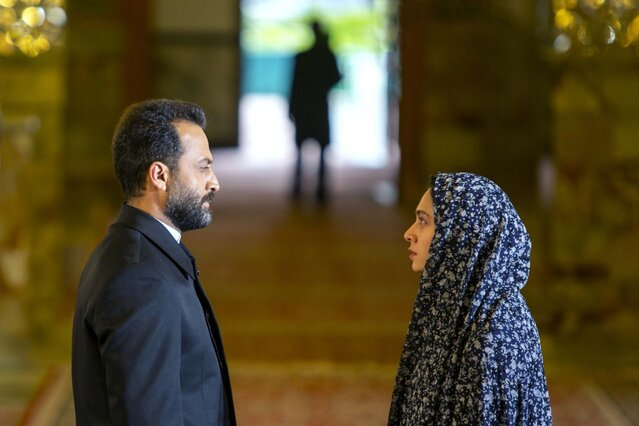
Distrust:
One of the negative messages from the works is the distrust caused by disputes and betrayals. At the end of the film, the audience may find society and even the family as insecure institutions in which hypocrisy, enmity and strife are common. Behavior is one of the main examples of distrust in the family.
Passivity:
In general, products that have a social and family theme involve a kind of passivity. That is, to continue to describe the difficulties and challenges of life, to picture a solution to overcome these obstacles. And they leave the audience alone with a deep pain. The description works in a situation where the builder, in the end, has a positive way to solve the problems in the bag. Demonstrating this passivity plays an important role in the impact of violence, anomalies and apprehensions. In Golden Night, the mother finds no way to improve family relationships. In the final scenes of the film, the children leave the mother when no dispute has been resolved. Or in the film Layers of Lies we see that Iran is portrayed as a country with the worst social problems.
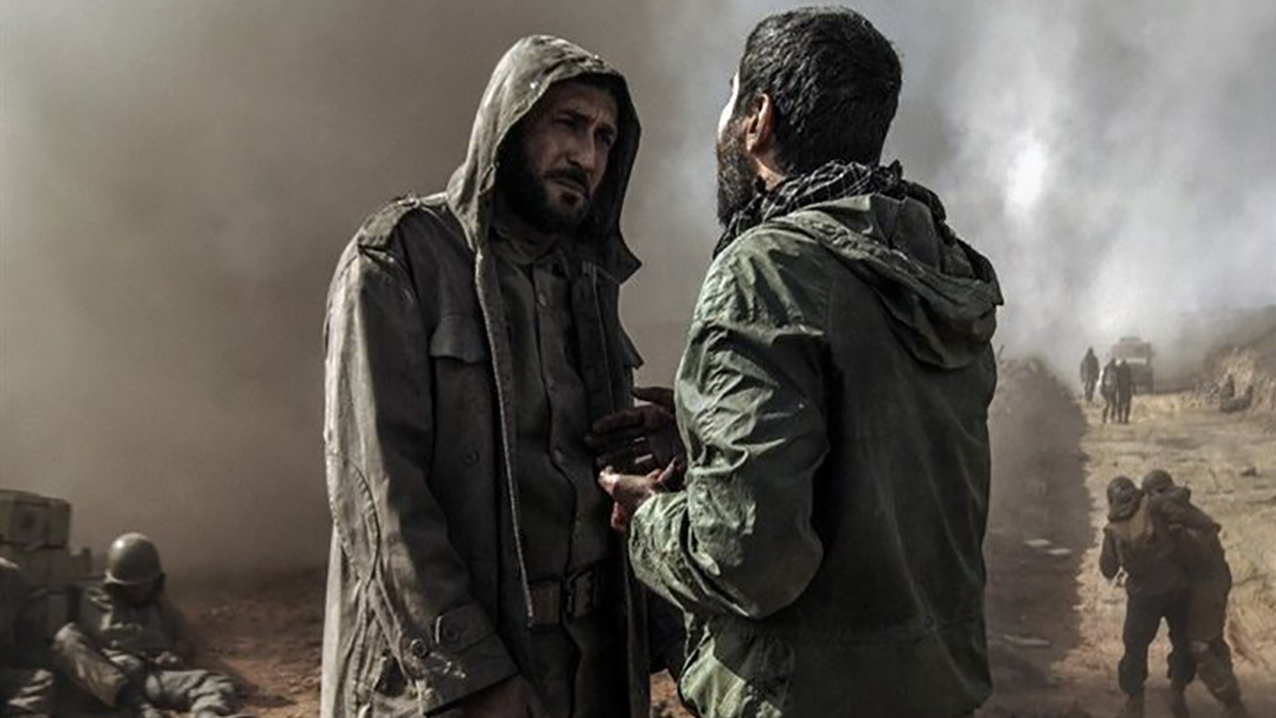
Positive / negative patterning: 2
Champion:
The protagonists of the story in the slate of epic and national heroes can be inspiring for the adolescent audience. The characters of the martyrs in the film The Situation of Mehdi, Alireza in the film Beyro, Martyr Rezainejad and his family in Hanas, the fighting girls in the girls’ category, the 2888 warriors or the Republican Party forces in the anti-film, represent national and epic heroism.
Obviously, due to the war genre of some of these products, the occurrence of physical and war violence is somewhat obvious. Therefore, it is necessary for parents to accompany their teenager in watching these works.
Positive and hardworking personality:
The story patterns that fall under this index, not as full-fledged heroes, but as accompanying and empathetic characters, moderate the narrative. The committed character of the interrogator in the meadow and the loser man gives hope to the audience. “Amir Hussein” in the meadow is among the ruins of court cases, a stronghold for the realization of the right. “Calm” in Nemur makes every effort to warm the family center. The electrician in the movie The Door or the veterinarian in charge of the movie The Last Snow are also in this category.
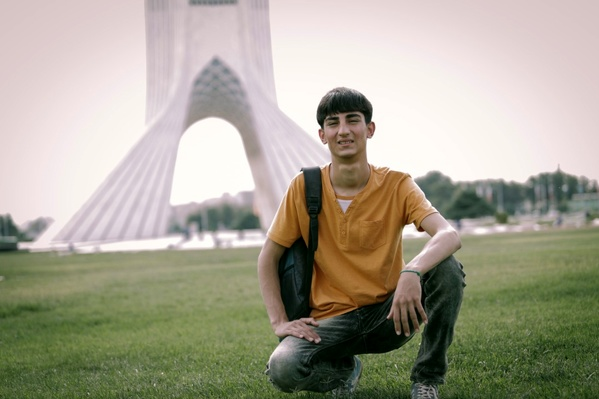
Kodomo health sign; See with family
In total, by reviewing 22 films of the 40th Fajr Festival, Kodoomo introduces 4 films in the category of healthy films. These films have the least amount of violence, fear and social anomalies, as well as sublime themes that are worth watching as a family:
1. “Outside” movie; +9:
The story of the tumultuous life of Alireza Biranvand, the goalkeeper of the Iranian national football team. 14-year-old Alireza tells the story of joining the national team. Which is full of the spirit of effort, hope and ethics. This work has the necessary conditions for family watching and can be inspiring for the adolescent audience.
2. The film “No Prior Appointment”; +15:
This work has won the title of the best film from the national point of view at the 1400 Fajr Festival.
“Yasmin” returns to Iran and finds the value of originality and family in a beautiful struggle. This film shows the empathetic family and friendly relations. This work is free from any violence, fear or anomaly. And it can provide a safe and hopeful atmosphere for the audience. Watching this movie is also allowed for teenagers under 15. Provided that the parents accompany their child in understanding the process of the story.
3. The film “Mahdi’s position”; +13:
A film in the biography genre is the life story of Martyr Mehdi Bakeri. It is a compelling story about the life of this national hero who tries to show the aspects of the family life of this martyr. It is terrifying for a child to watch this work due to the successive explosions on the battlefield. Therefore, it is necessary for the parents of the teenagers to accompany Kumsen in watching this work.
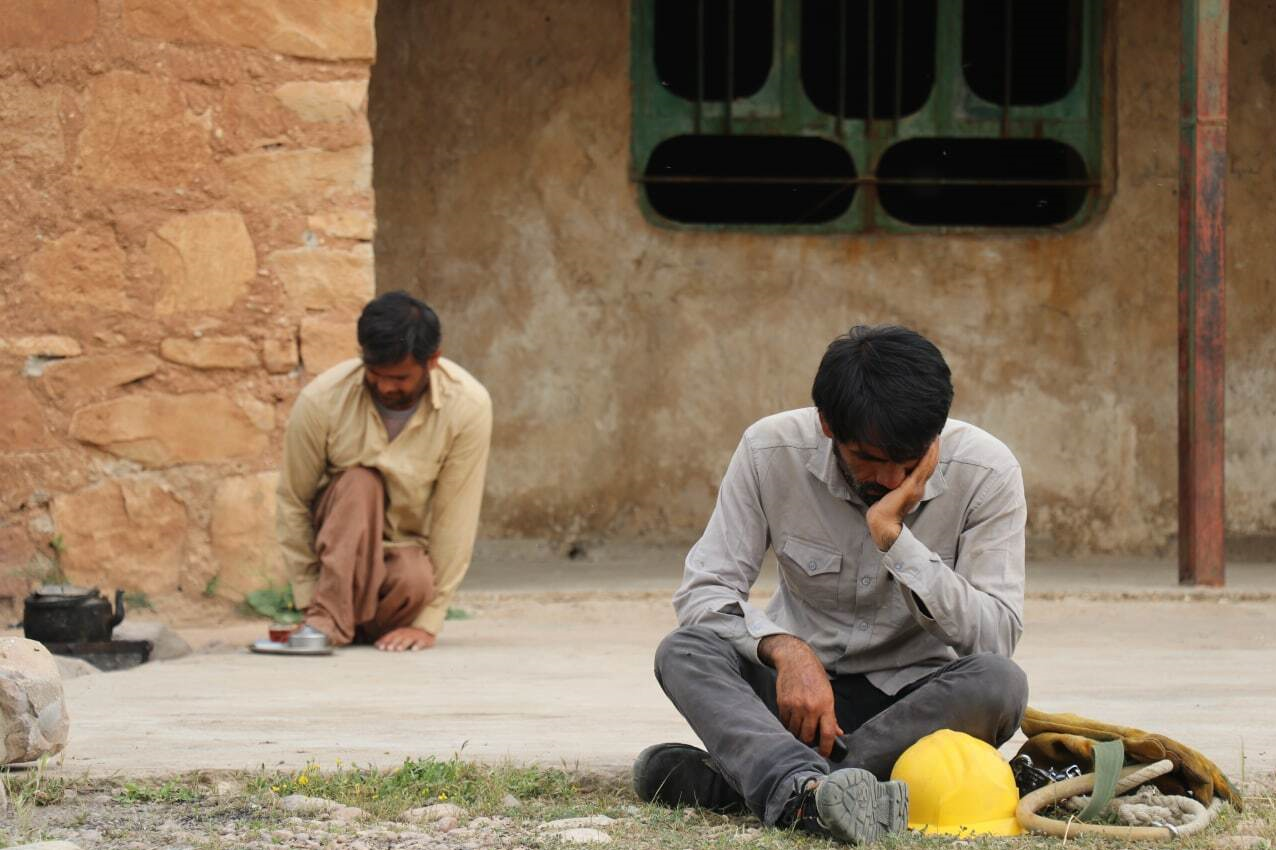
4. The movie “Door”; +13:
The film “Door” in the social genre tells the story of an electrician who is supposed to solve the power outage problem of a single house in a remote village. The inhabitants of this house are a father and a son who live a simple life and the father takes care of his sick son. This film does not have any violent or abnormal scenes. This work shows the problems of the villages and the efforts of the electrician to help the villagers.
5. The movie “Hanas”; +15:
A romantic film based on a true story from the life of the nuclear martyr, Dariush Rezainejad. With a free interpretation of the martyr’s life, Hossein Darabi portrays the problems and conflicts of his pre-martyrdom life from the perspective of his wife, Ms. Shohreh Pirani, so the film has a feminine structure and atmosphere. The moment of the assassination of Martyr Rezainejad along with his family and showing blood, shooting, war and destruction are among the violence of this film, and watching it is not suitable for minors and young children.
This article is in collaboration with Kodoom Editorial Prepared.
End of message /
You can edit this post
Suggest this for the front page

